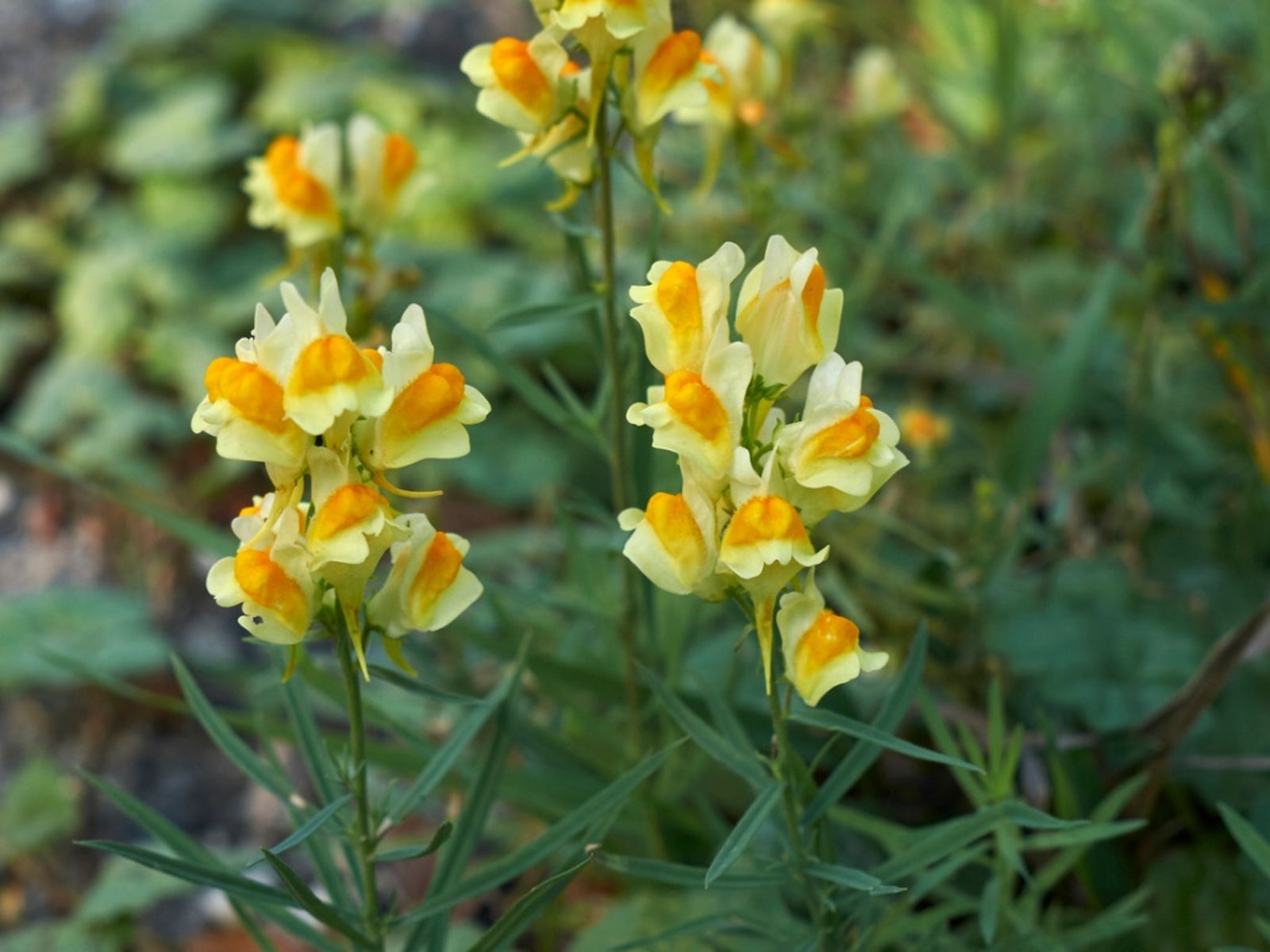Toadflax Control: Information On Controlling Toadflax Plants


Both yellow and dalmation toadflax (Linaria vulgaris and L. dalmatica) are noxious weeds that have escaped into the wild and spread quickly, reducing wildlife habitat, native plant populations and forage acreage. There are a few other species of toadflax that make respectable and even desirable garden plants, however. So if you want to grow toadflax in the garden, make sure you choose a species that is not invasive in your area. If you are in doubt, check with your local cooperative extension agent.
Toadflax Control
If you already have toadflax in the garden and need to get it under control, then you should know that controlling toadflax is a challenge. If these competing plants are growing in the area, focus on the support of these plants. Dalmatian toadflax is susceptible to herbicide treatment, and yellow toadflax is somewhat susceptible. Choose an herbicide labeled for use against toadflax, and apply it according to the label instructions. Apply herbicides to Dalmatian toadflax in spring and to yellow toadflax in late summer or fall. Your local cooperative extension agent can suggest the best herbicide for growing wild toadflax control in your area.
Tips for Growing Toadflax in the Garden
Growing wild toadflax in the garden is never a good idea, but here are some cultivated types that perform well in beds and borders:
- L. maroccana is an annual type with masses of flowers that resemble snapdragons. It grows 1 to 2 feet (30 to 60 cm.) tall and is often sold as ‘Northern Lights,' a cultivar that produces a mix of bright colors.
- L. alpine (alpine toadflax) is a little 3-inch (7.5 cm.) perennial with clusters of tiny purple and yellow flowers. It is often used in rock gardens.
- L. purpurea is a 3-foot (90 cm.) perennial that produces spikes of purple or pink flowers.
- L reticulata is an annual that grows 2 to 4 feet (0.6 to 1.2 m.) tall with deep purple flowers. ‘Crown Jewels' is a more compact cultivar that grows only 9 inches (22.5 cm.) tall and blooms in shades of red, orange or yellow.
Toadflax Care
Toadflax plants establish easily, making their care minimal. Toadflax prefers full sun and grows well in poor, rocky soils. The U.S. Department of Agriculture plant hardiness zone depends upon the species, but most are hardy in zones 5 through 8 or 9. Although the plants tolerate dry spells, they look best with supplemental watering during periods of drought as part of their toadflax care. Watch out for aphids and mites, which sometimes feed on the plants, whenever you are growing toadflax in the garden.
Gardening tips, videos, info and more delivered right to your inbox!
Sign up for the Gardening Know How newsletter today and receive a free copy of our e-book "How to Grow Delicious Tomatoes".

Jackie Carroll has written over 500 articles for Gardening Know How on a wide range of topics.
-
 Looking For Plants To Give You The Soft And Fuzzies? Try These 5 Fuzzy Leaf Plant Options
Looking For Plants To Give You The Soft And Fuzzies? Try These 5 Fuzzy Leaf Plant OptionsLovers of texture, drama, silver foliage and tactile plants will adore these special sensory garden additions. These fuzzy leaf plant options will leave you all aglow
By Susan Albert
-
 Get Ready For A Summer Of Hummers! Grow These Full Sun Hummingbird Plants and Flowers
Get Ready For A Summer Of Hummers! Grow These Full Sun Hummingbird Plants and FlowersIf you’re lucky enough to enjoy a sunny backyard, make sure you are maxing out on your pollinator opportunities and grow these full sun hummingbird plants and flowers
By Tonya Barnett